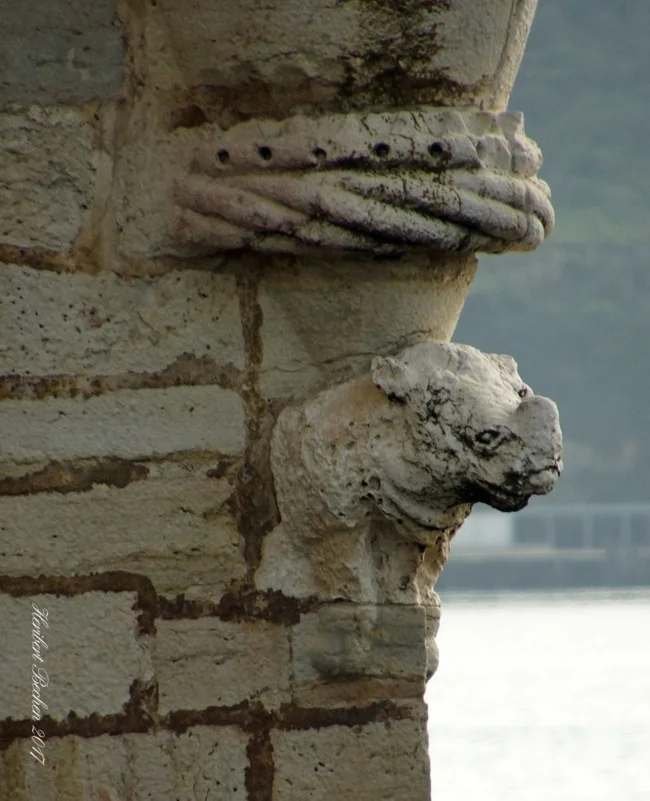The story of the rhinoceros that conquered and shocked Europe (11 photos)
In 1515, something unseen since the days of Ancient Rome arrived in Lisbon: a real Indian rhinoceros. It was a diplomatic gift from the Indian ruler to the Portuguese king Manuel I. 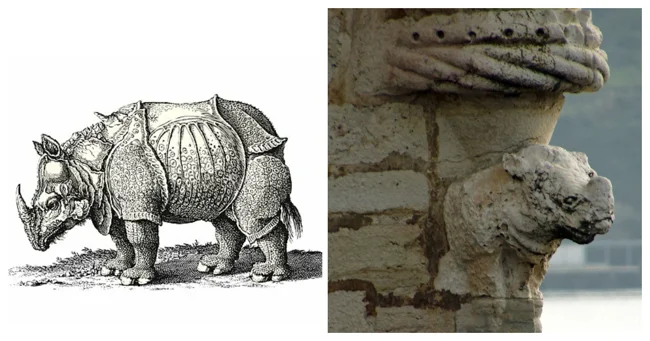
After a 120-day sea voyage, the animal was unloaded off the banks of the Tagus, not far from the Belém Tower, which was under construction and would become the symbol of Lisbon.
Royal Fun and Failed Experiments 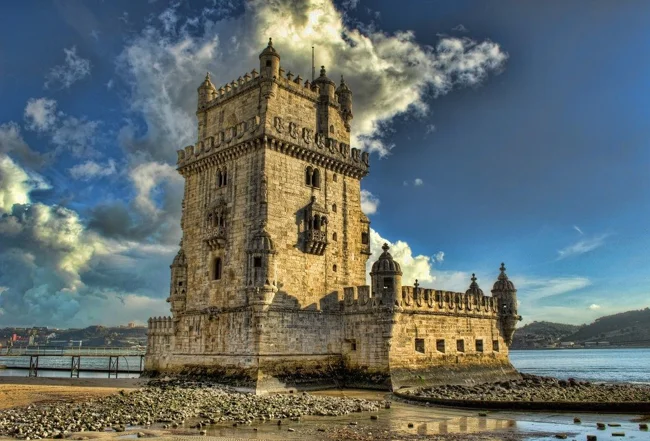
Tower of Belem
The rhinoceros was settled in the royal palace of Ribeira, where it became the object of close attention, curiosity and... rather cruel entertainment. The king decided to arrange a fight between the rhinoceros and the elephant (previously presented to the Pope). But the elephant, seeing the powerful horned giant, cowardly retreated. 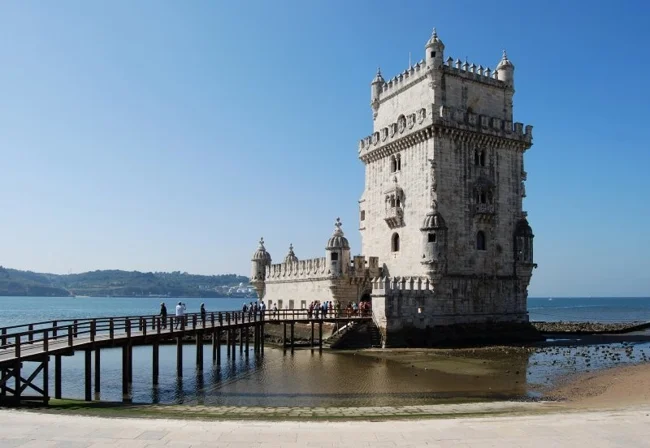
Soon, Manuel I grew bored with the exotic pet and sent it as a gift to Pope Leo X, hoping to gain his support. Unfortunately, the ship was wrecked off the coast of Northern Italy, and the rhinoceros died.
The Rhinoceros That No One Has Seen, But Everyone Remembers 
King Manuel I of Portugal
Although the animal only lived in Europe for a few months, it inspired the legendary artist to create a famous engraving. Albrecht Durer never saw a rhinoceros - he worked from other people's descriptions and sketches. 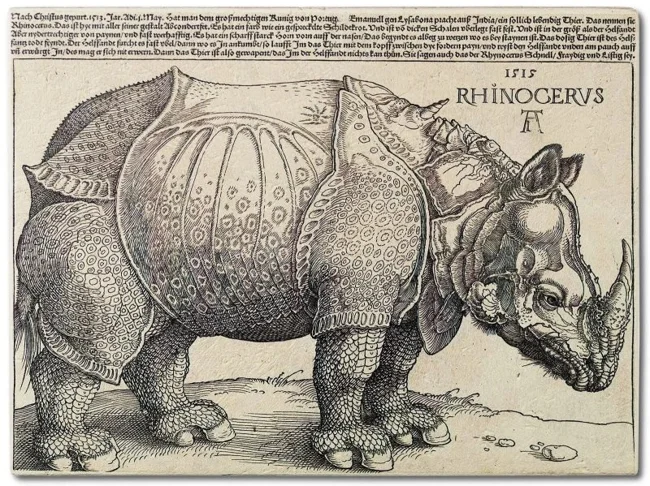
Dürer's Rhinoceros
The result was a fantastic beast covered in armor made of metal plates. This image became so popular that it was replicated in European art for centuries, although real rhinoceroses looked, to put it mildly, somewhat different.
Belen Tower: A Stone Monument to the Age of Discoveries 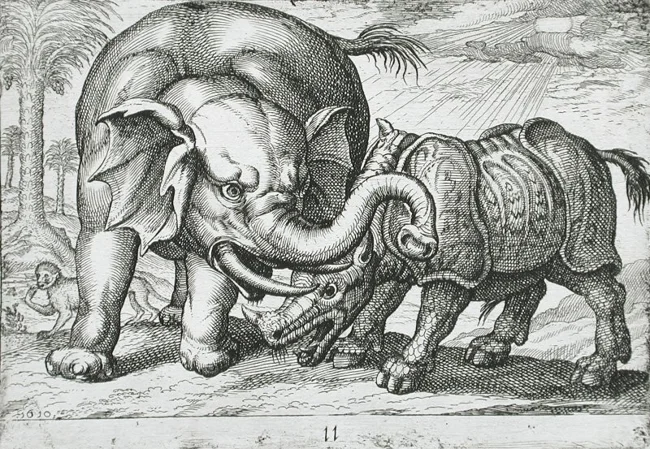
Next to the spot where the rhinoceros was once unloaded, stands the Belen Tower, a masterpiece of the Manueline style, named after King Manuel I. 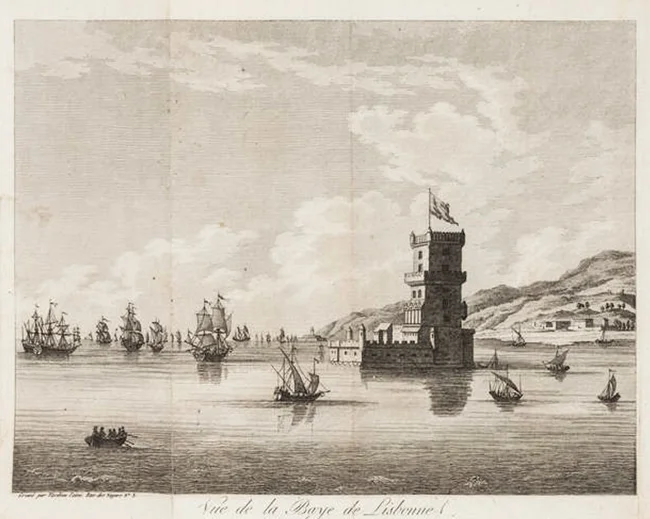
Engraving from 1798
Its walls are decorated with marine symbols and exotic animals. At the base of one of the towers, the stonemasons depicted that very rhinoceros - without Durer's armor, but from life. 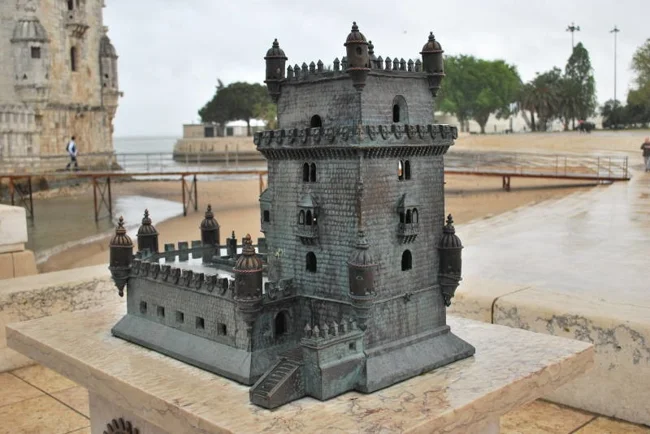
A miniature copy of the tower
The tower survived the Lisbon earthquake of 1755 and is now a UNESCO World Heritage Site. And the rhinoceros, which died so tragically, will forever remain a part of history - both in stone and in art. 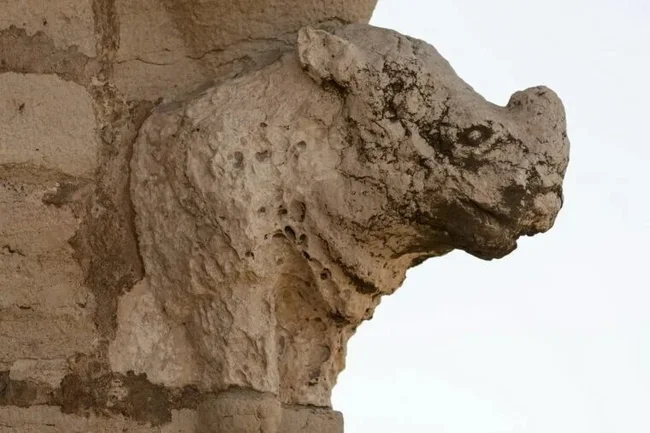
Rhinoceros of Belém Tower 
